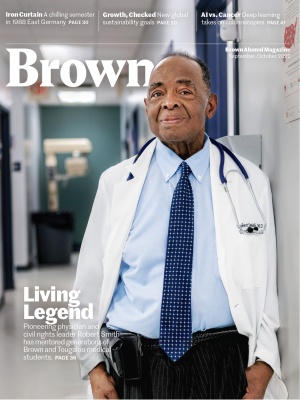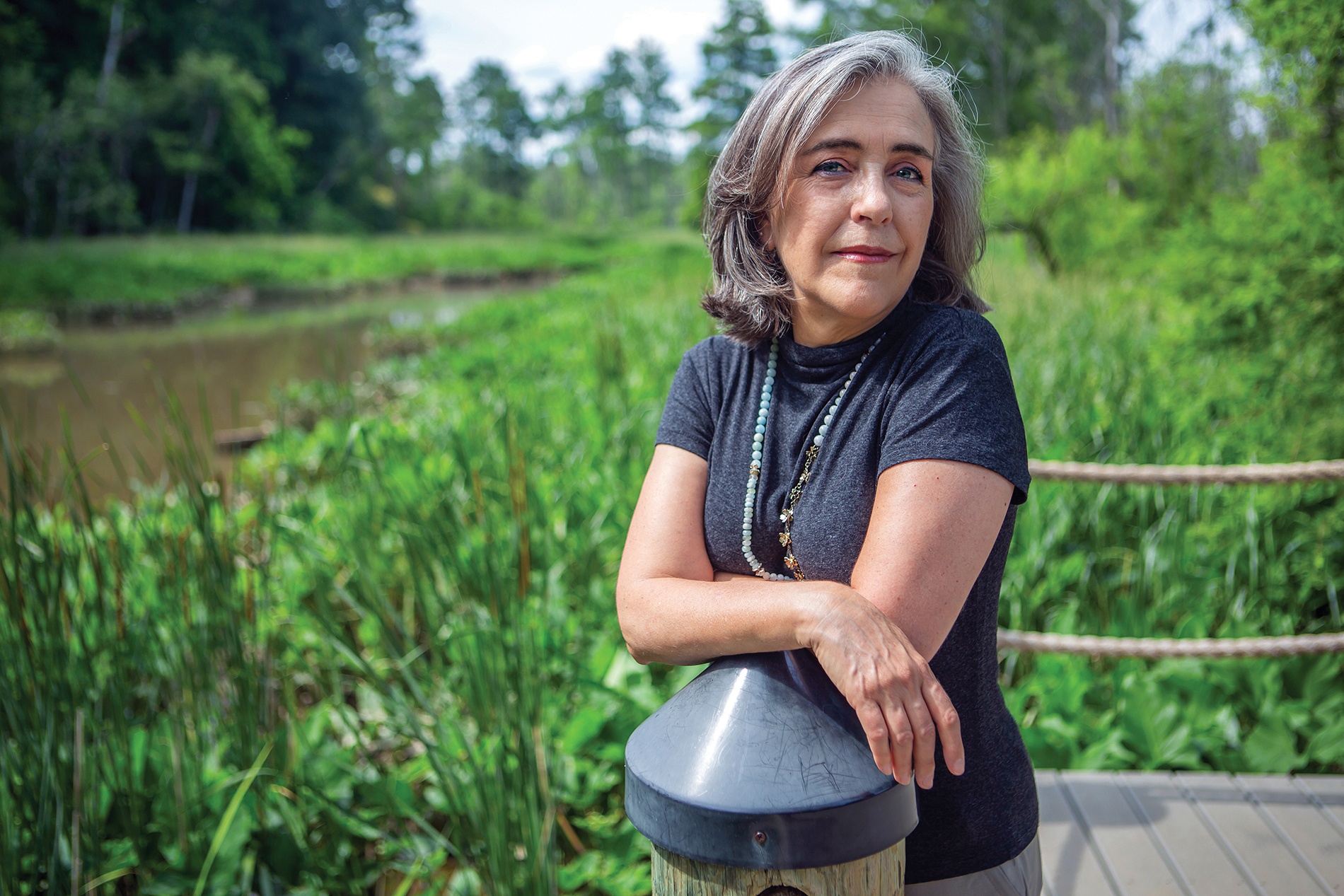
17 Steps to Save the Planet
Paula Caballero ’84 came up with international goals for sustainable development, created a road map of how to get there—then got every nation on earth to agree.
Two trees crest above the roofline of the Palacio de San Carlos, a 1585 Bogotá mansion housing Colombia’s Foreign Ministry. One is a walnut, planted by South American liberator Simón Bolívar when he bought the building for a presidential palace in 1827. Next to it in the courtyard grows an endangered wax palm—the tallest palm species and the national tree of Colombia.
These monuments to patriotism and natural history shade the entrance to an unremarkable conference room, small and very, very cold. Here, in January of 2011, Paula Caballero ’84, at that time the ministry’s director for economic, social, and environmental affairs, convened coworkers to help prepare Colombia for the United Nations Conference on Sustainable Development—Rio+20 for short.
The Rio+20 agenda had already been set by UN resolution, but Caballero wanted more. International development policy had wandered since Rio’s first Earth Summit in 1992. Climate negotiations were stalled and, with melting polar ice, ongoing deforestation, mass extinctions, and farming chemicals running into waterways, humanity was breaching four of nine major planetary boundaries. The UN’s celebrated Millennium Development Goals had focused attention on a few critical issues, but the environment had been an afterthought.
Development and environment were always set against each other, and without shifting this paradigm nothing could change. “We’ve got to use this opportunity to have something transformative, something dramatic,” Caballero believed.
Suddenly, in that meeting, Caballero thought she knew how to do it: a new set of goals containing the many dimensions of sustainable development. That weekend, with support from her boss, she sat down to write a first draft. Almost five years later, on September 25, 2015, the 193 countries of the UN General Assembly adopted “Transforming our World: 2030 Agenda for Sustainable Development.”
At the core are the Sustainable Development Goals (SDGs). At first they look like just a list—17 essential goals that embody human progress. But for the first time, global yardsticks acknowledge the intricate linkages between human progress and the very real limits of our home planet. And they have been endorsed by every nation on earth.
The SDGs began with one woman’s constructively disruptive idea. They evolved through protracted global negotiations. In a world of looming existential threats, it’s a story of science, hope, cooperation, and persistence. It may just be the story of how individuals can chart the future and save a planet.
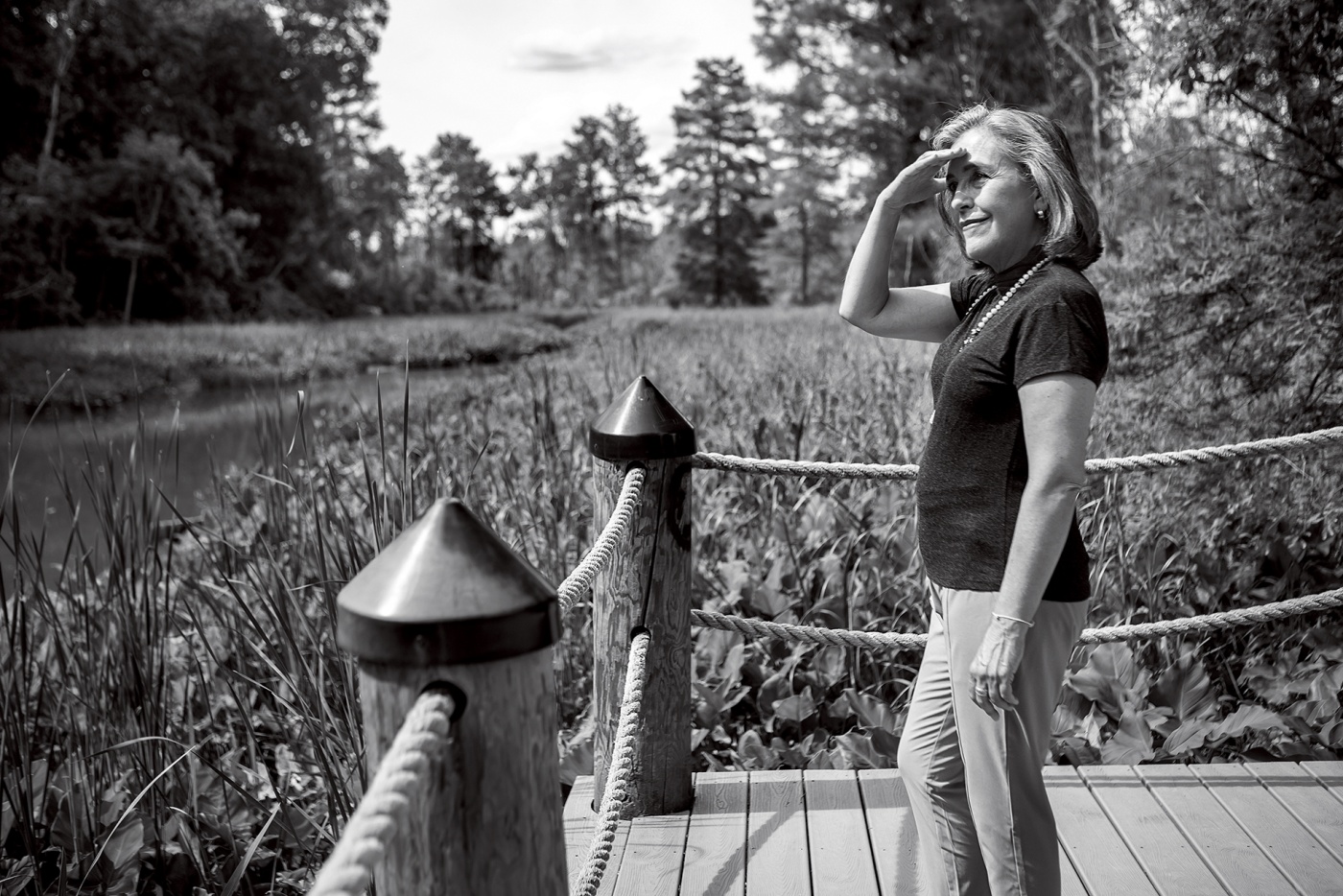
“This environmental passion”
Caballero sprang from eclectic, accomplished roots. One of her ancestors ballooned over Paris to become the first Latin American to float above the planet. Another fought beside Bolívar—his sword and medals still hang in her mother’s living room. Family members have achieved fame as critics, writers, and painters.
It was the intellect and curiosity of Caballero’s grandmother that inadvertently prepared Paula for international diplomacy. Helena Laverde de Gomez had been raised in Belgium, returning to Colombia after World War I. In 1939 she gave birth to Paula’s mother Sylvia. When it came time to begin school, Helena surveyed the post-war landscape and declared that Sylvia would attend the American School as she had to learn English—even though no one in the family spoke the language.
“I think she just saw that America was really shaping the world and that it was absolutely fundamental to be able to speak English,” says Caballero. When Sylvia aged out of the American School, she wound up at Abbot Academy—which later merged with Phillips Academy—in the United States. Sylvia, in turn, insisted on the same education for Paula. Caballero was studying for entrance exams even before she arrived in the United States. Andover led to Brown, where Caballero dabbled broadly in liberal arts.
Returning home to Bogotá after graduation she took a research job at the Center for International Development at Universidad de los Andes. Here she met Patti Londoño, another recent graduate of study abroad. They were both current affairs junkies, keeping track of neglected peoples and forgotten conflicts. And they led parallel professional lives, including separate stints in Colombia’s New York mission.
Colombia in the late ’80s and early ’90s was hardly a beacon of eco-tourism and shade-grown coffee. Inequality, cocaine, and money fueled deep corruption and political violence. In this environment Caballero refined her sense of justice. She fought to save street trees in Bogotá. She resigned from her government job because of presidential corruption. Her house became a way station for rescued cats and dogs. “She has this environmental passion, really, in her heart,” says Londoño.
Development and environment were always set against each other, and without shifting this paradigm nothing could change.
“Colombia for many years was seen as close to a failed state,” Caballero says. “There were some pretty desperate and dark periods.” As the nation found its footing, it shaped Caballero. “The conflict, the beauty, all of it came together as an understanding that this can only be understood in a wholly integrated way.” She moved back and forth between Bogotá, London, and New York, working a variety of jobs. In 2005 she became a technical advisor for the UN Development Program in the regional office in Panama, developing and overseeing projects around Latin America and the Caribbean.
The ‘no’ agenda
That’s where Londoño found her in 2010 when Juan Manuel Santos became the 32nd president of Colombia. Londoño became vice minister for multilateral affairs under Minister of Foreign Affairs María Angela Holguín. Colombia was party to numerous international negotiations on climate, biodiversity, fisheries, hazardous waste, and endangered species. Both women wanted Caballero to run these as the director for economic, social, and environmental affairs.
And Rio+20 beckoned. Caballero was tired of the environment being portrayed as the ‘no’ agenda. “We needed to move away from that sense of the world being divided into ‘environment’ and ‘not environment,” she says. But reshaping the agenda wouldn’t be easy.
2015 was the target date for the Millennial Development Goals (MDGs). It was hard to argue with these simple benchmarks, launched in 2000, which ranged from universal primary education to halving extreme poverty and halting the spread of HIV/AIDS. The targets were aspirational. The focused agenda had restructured the development community and delivered some substantive gains.
Yet environmental sustainability was an afterthought. Instead, international environmental agreements were constructed in silos. For example, conventions on biological diversity and wetlands and endangered species did not reflect the connections between them. The achievements, says Caballero, were “disconnected from adjacent realities.”
Another problem was the assumption that development was something that rich nations had and poor nations needed. This binary world view masked fundamental flaws, like the persistent pockets of inequality in some of the most advanced economies on Earth. These same nations often consumed the lion’s share of increasingly scarce global resources, which in turn limited development and environmental potential elsewhere.
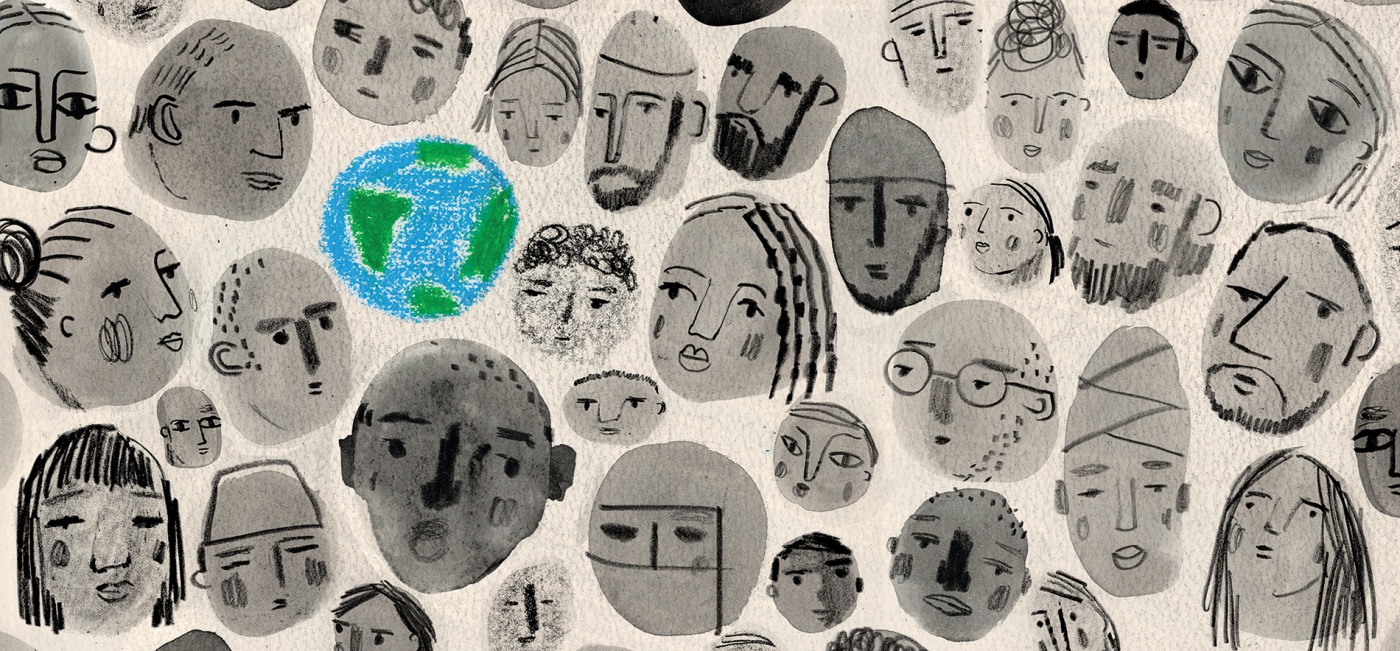
Caballero wanted to weave development and environment together into Sustainable Development Goals that would replace the MDGs. She wanted a universal agenda, one in which every country would be held to the same standards. And she wanted to do it all in Rio. Shifting the agenda of a global diplomatic process is a bit like turning an aircraft carrier. Caballero planned to turn two aircraft carriers—and make them dance together.
“An incredible vibration”
Caballero took her SDG proposal to Londoño and then to Minister Holguín. With their support she sought feedback from other nations. The official planning processes for Rio+20 were beginning. She first presented the SDGs in a UN setting in a meeting in Solo, Indonesia, but there was no time for discussion.
A month later the committee convened again in Rio de Janeiro, and Guatemala had signed on. “One country doing one thing doesn’t really add up to much,” says Caballero. “You need a lot of other countries to endorse you.”
In Rio the proposal began to come to life. “I started to sense this incredible vibration in the room, this energy around the SDGs,” she says. “People started to get excited about them because it was something that got your mind going.” A popular debate point was how many SDGs there should be. Many supported a discrete handful of goals. “If everything’s a priority, then nothing’s a priority,” explains John Matuszak, a retired environmental diplomat who represented the U.S. State Department in early negotiations. Others could make the case for many more.
Caballero focused on encouraging dialogue. The SDGs had to earn a spot on the agenda, so understanding was at a premium. She wanted to change the very language used to discuss development. People loved to talk about the ‘pillars’ of development, but pillars are static, immutable, and difficult to interconnect. “Eventually I got everybody talking about dimensions,” she says. “That’s conceptually a huge change.”
In November of 2011 Colombia hosted the first international consultation on the SDGs in Bogotá, rolling out the cultural red carpet. Representatives from more than 40 nations, the UN, and civil society dove deeper into the proposal. Even as people argued to limit the number of SDGs, a wish list began to emerge: food security, energy access, water management, oceans, sustainable cities, biodiversity, forestry, employment, women, and youth. They talked about resource footprints, social equity, and “a new way of measuring development that does not focus primarily on economic growth.”
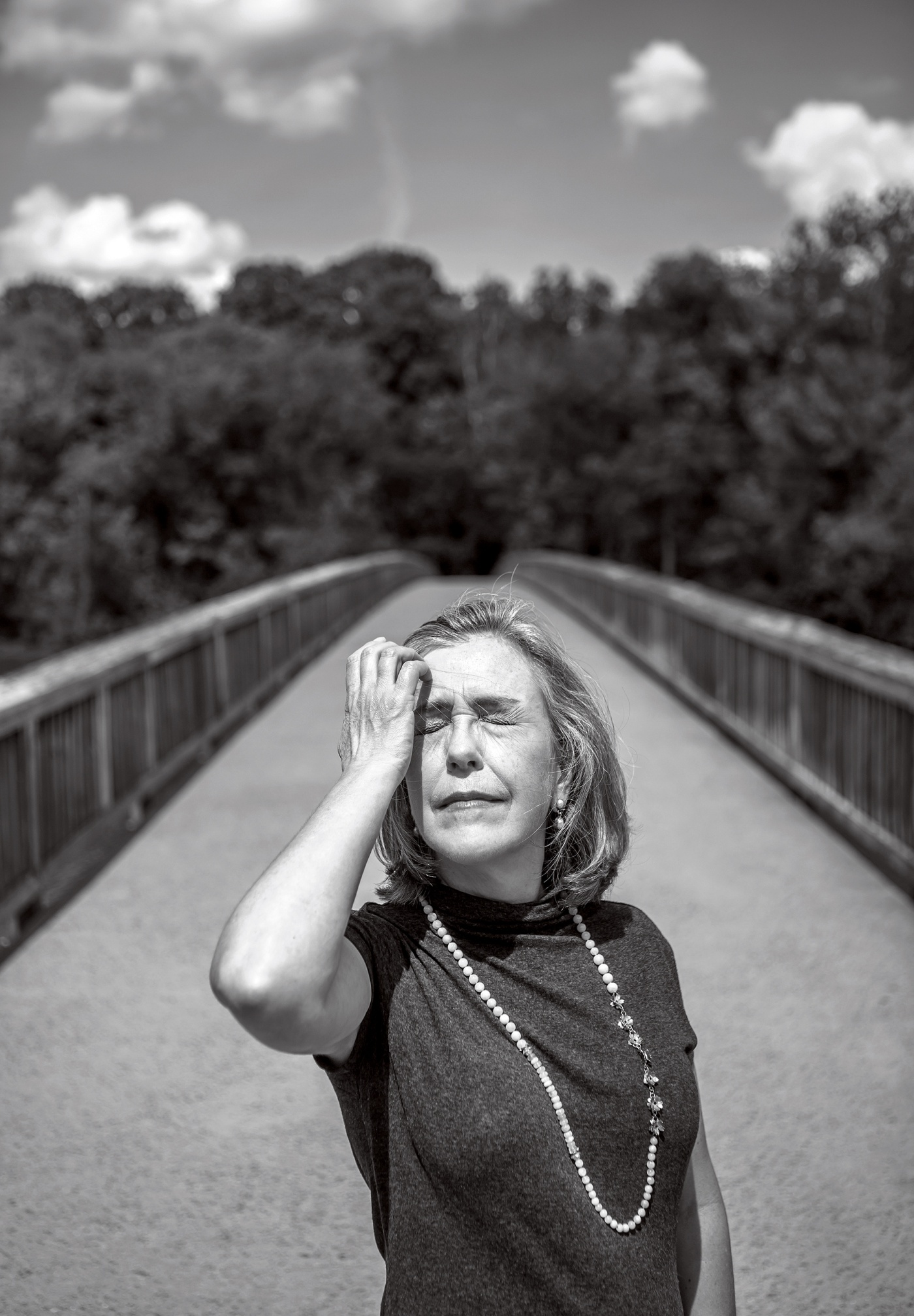
Peru signed on next.
In late January of 2012 seventy nations met in Tarrytown, N.Y. Consultations on the zero draft—the working draft of the Rio declaration—began and Caballero stayed in New York through February. But despite vibrant discourse, the SDG outlook was dire. She returned to Colombia and briefed Londoño. “They’re all against it,” she told her old friend.
“He just killed the SDGs”
India had serious reservations. Development policy always seemed to have a catch, a condition—some hidden way in which it ultimately served first-world interests. So Londoño booked a flight to Delhi. “The fact that we were proposing a universal agenda, and that this came from a developing country [Colombia], was powerful,” says Caballero. “A developed country could have never gotten on a plane and gone to Delhi. Nobody would have ever believed them. We were really listening and trying to construct something together. This was about a process of cocreation.”
India signed on.
The SDGs almost died just a few weeks later during deliberations of the G77, a coalition of 134 developing nations that work together to strengthen their negotiating power. China supports and works with the G77, though it’s not officially enrolled.
G77 support was critical, but after months of work a delegate rose to declare that painstakingly crafted SDG language would never be accepted by his government. “He just killed the SDGs,” Caballero recalls thinking.
Then the Indian delegate Vivek Wadekar spoke, reminding the G77 that the text had already been accepted. By rule they could not backtrack. Caballero thanked him later, and he smiled in return: “India said we would support this proposal. India always keeps its word.”
Between January and June of 2012 Caballero and a cadre of supporters kept building consensus on the SDGs and refining technical details. There was still lots to talk about during the Rio meeting and plenty of diplomatic stagecraft for visiting heads of state, but the real work began after Rio.
Called the Open Working Group, it was a novel process involving stakeholder groups and expert testimony. “Not only were the SDGs revolutionary, the Open Working Group was revolutionary,” says Caballero. “I wanted to make sure that we had a very robust, science-driven process. It was a technical process. It got a little bit political in the end, obviously, but it was not prima facie a political process.”
“Ask the people involved and they’ll tell you that without Caballero there would be no Sustainable Development Goals.”
Several books have already been written about what happened after the Rio meetings, including one by Kenya’s Macharia Kamau, who cochaired the OWG with Hungary’s Csaba Kőrösi. Their final document included only a few official reservations on SDG targets. The work was “truly indicative of a global consensus.” (Caballero and Londoño have also collaborated on a history—Redefining Development: The Extraordinary Genesis of the Sustainable Development Goals—released in April of 2022.)
“The political blocs broke,” explains global governance scholar Maria Ivanova. “There was always some type of representation of the political blocs in the UN. That was completely disrupted.” The Open Working Group had only 30 seats available, distributed geographically. When more countries wanted to be part of the process, everybody agreed to share seats. “Everybody could be part of those negotiations,” she says. “That had not been done [before]. And I really thought that was an innovation.”
In July of 2014 the OWG finished its business, and in September of 2015 the General Assembly made the Sustainable Development Goals real.
“Paula is a believer”
Diplomatic history can feel very incremental and logical, one thing leading inexorably to the next as institutional consensus builds. And the SDGs, in retrospect, look something like that. “This is the kind of thing that the UN system just generates all by itself,” laughs Caballero. “That’s what they have for breakfast.”
But ask the people involved and they’ll tell you that without Caballero there would be no Sustainable Development Goals.
Start in Colombia. It didn’t hurt that Caballero, Londoño, and Holguín all had extensive international experience while President Santos had earned degrees in the U.S. and Great Britain and had worked globally in trade and media. But it began with Caballero. “Without the input and the vision that Paula had, the SDGs would have never happened,” says Londoño now. “She integrated all the agendas.”
Consider Guatemala, the first nation to give official support. Diplomat Jimena Leiva Roesch gave Caballero early feedback, then got sign-off from her capital. “Paula was instrumental, particularly in the beginning phase, when no one believed in this idea,” says Leiva Roesch.
While the U.S. supported the proposal, U.S. negotiator John Matuszak says it wasn’t unanimous. Caballero “doggedly led the effort to encourage governments to take this proposal seriously,” he says. “I would categorically say that, if it had not been for Paula, there would be no Sustainable Development Goals.”
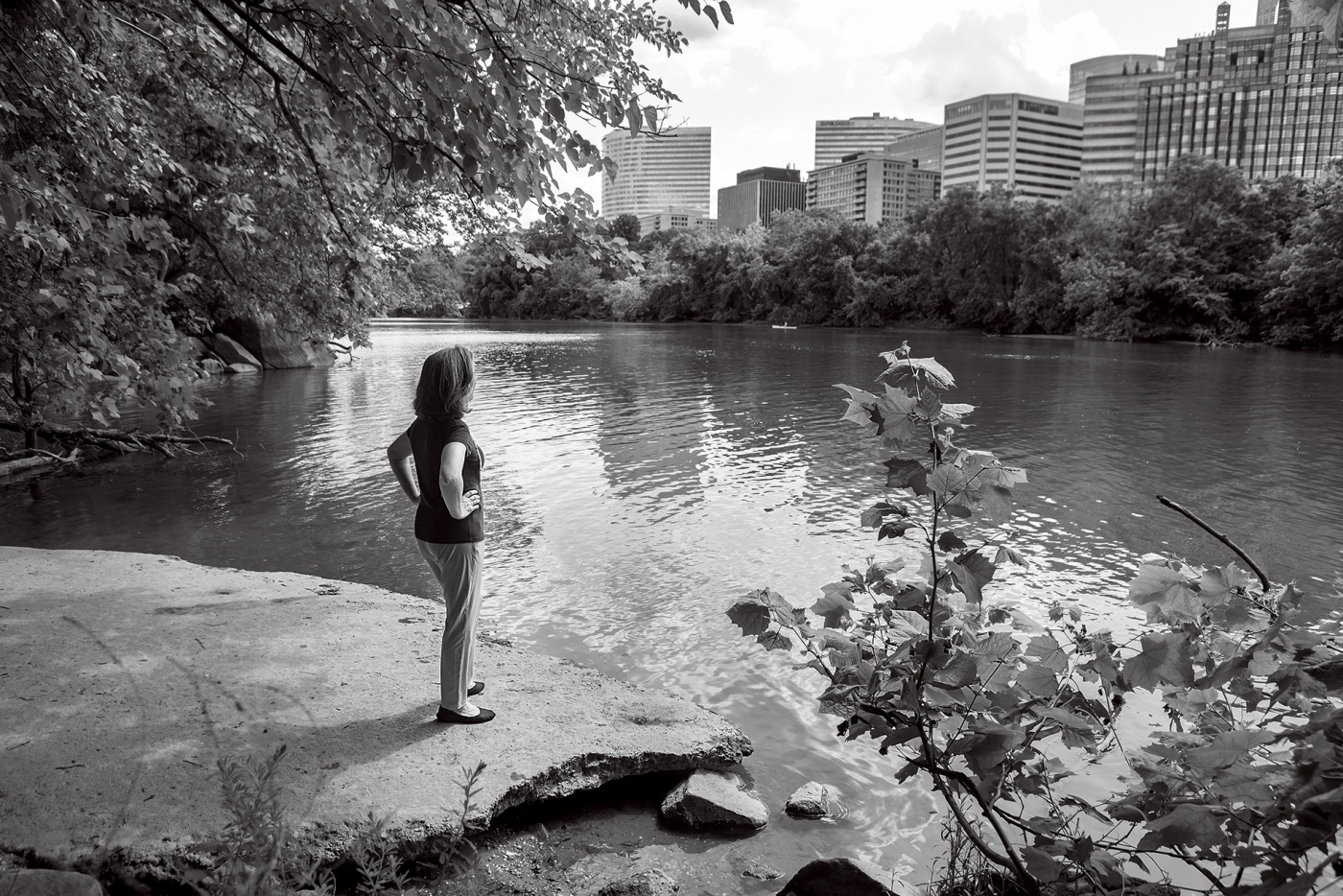
Pakistan’s Farrukh Khan didn’t support the SDGs at first but later played a critical role in sealing negotiations in the G77. “I think Paula is a believer. And in our part of the world, we say ‘be aware of the believers because they will bring a change, good or bad,’” he says. “Her persistence, her belief, did help all of us to consider, think, and move beyond our comfort zones.”
Diplomacy is so often about countries, regions, and cities, observes Ivanova, the international relations scholar. “We do not talk about individuals. And I think the story of the SDGs, ultimately, is a story about the power of individuals to generate ideas, but also to make them happen.”
“We have to double down”
Whether you care for forests, polar bears, children, or cities, any objective look at conditions on Planet Earth can leave an individual somewhat overwhelmed. Many earth scientists are calling this a decisive decade for the planet as a whole.
So are the SDGs—see the sidebar above—any more than a massive to-do list? Another tally of generic human aspirations to do better? The first four—end poverty, zero hunger, health, education—have been human goals for millennia.
“We need to be able to look at all of this in a completely integrated way,” Caballero points out. “‘Let’s end hunger’ is just so minimalist and small. How can you end hunger if you don’t get the food system to be sustainable through and through and deal with things like food waste?”
Weaving these types of specifics into the tapestry of planetary crisis makes it harder to hide the linkages. “It’s a huge cosmic wake-up call of just how much more we have to do,” Caballero says. “We should be grateful that we have that integrated lens that enables us to appreciate and to understand just how complex development is in a completely interconnected world.”
The global upside is clear: “You start to realize that we have a lot more in common than you ever thought possible,” she says. But the downside cuts deep: “This is just a warmup for the kind of displacements and impacts the climate is going to have.”
If the power of the SDGs are their ability to help us focus, Caballero herself is focused on Sustainable Development Goal #12: responsible consumption and production.
“People loved to talk about the ‘pillars’ of development, but pillars are static, immutable, and difficult to interconnect.”
Climate, food systems, hunger, poverty—all of that is embedded in goal #12. So, too, the fate of our oceans and forests, our cities and fields. “It is the mother of all SDGs,” says Caballero. “Honestly, if we can’t deliver on Paris [the 2016 international Paris Agreement on climate change], forget all the SDGs, because climate change will undo all the development gains we have to date. It will generate new challenges that are going to be catastrophic.” Currently she’s the regional managing director for Latin America at the Nature Conservancy, which has partnered with many nations and organizations using the SDGs.
As she sees them, the challenges are unprecedented and the scale of necessary change is colossal. “If we just keep tweaking here and there—which is what we’re all doing right now—it’s not going to be enough,” she says. “The degree of disruption that’s needed right now is huge—ten times the disruption that we’re seeing with COVID. But it has to be intentional and it has to be structural.”
It won’t be easy because human beings don’t like this kind of uncertainty. All of our choices—from where our electricity comes from to what we eat and how we vote—come into play. Asks Caballero: “What kind of leaders and what kind of priorities are you asking for?”
The SDGs aren’t proscriptive, or a binding mandate. They aren’t a perfect tool. But they’re a far better international tool than we had 10 years ago, and they were reached with near unanimous international consent. They are a comprehensive framework for all peoples to understand the forces at work and how we might shape them.
There will be times when the problems may seem too big and the solutions too small. And that’s when it’s important to look at Colombia, its journey, and its call to all nations.
So close to disaster in the ’80s and ’90s, Colombia had to look beyond what seemed possible. And phoenix-like, it has resurrected itself. “We were not scared of the battle and the fight,” Caballero says.
Colombia was not willing to be held back by small ideas of what was possible, and this spirit is at the core of Caballero’s crusade to build the SDGs. “I think being Colombians gave us the courage and the vision to redefine what was needed and to think about it in a completely different way,” says Caballero.
Bringing Colombia back was hard. Negotiating the SDGs was hard. “If people can understand how hard the journey was, how improbable it was?” Saving the planet will be hard, says Caballero.“We’re gonna have to really double down. We have to work hard to make it happen.”
Erik Ness is a science and environmental writer based in Wisconsin.

